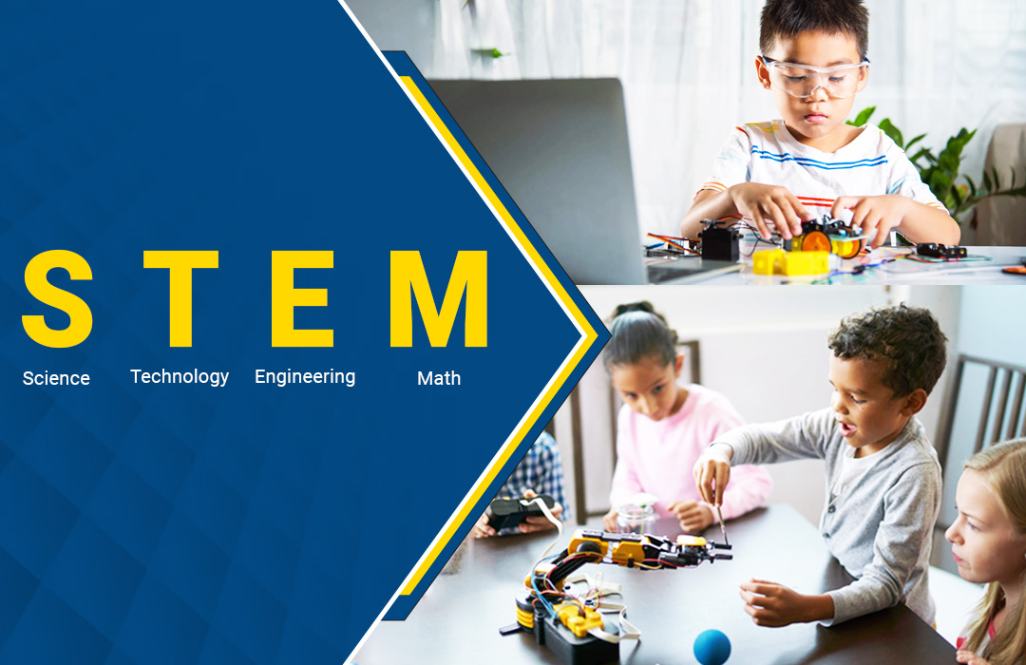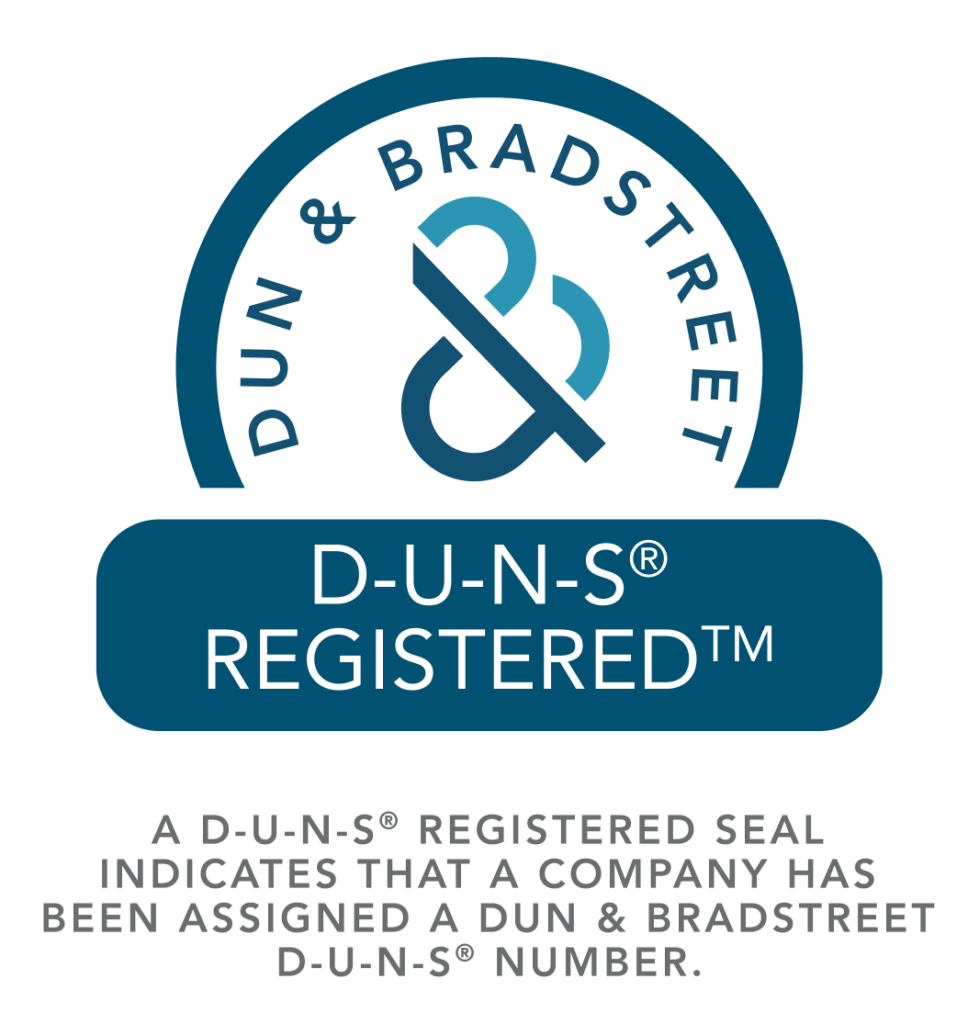STEM (science, technology, engineering, and mathematics) education has become an integral component of modern education, providing students with an opportunity to acquire the skills they will need to succeed in the 21st century.
To develop critical thinking abilities in students, STEM education has developed into a dynamic and crucial part of modern education. STEM stands for science, technology, engineering, and mathematics.
Understanding the fundamentals of STEM education is crucial before putting it into practice. STEM education incorporates more than just teaching math, science, and engineering as independent fields of study. It’s about combining different fields in a way that encourages cooperation, creativity, critical thinking, and problem-solving.
One of the first steps in implementing STEM education is to align it with existing curriculum standards.
Let us discuss these necessary steps taken to implement STEM education.
Provide Opportunities for Project-Based Learning
One essential element of STEM education is project-based learning. By enabling students to apply their knowledge and abilities to actual situations, it promotes cooperation, creativity, and critical thinking. Provide science, technology, engineering, and math principles into project-based learning experiences and make sure students have the tools and resources they need to be successful.
Give educators access to professional development
For educators to successfully implement STEM education, they must continue their professional development. To assist educators in incorporating STEM concepts into their lesson plans, offer training and assistance. This might include project-based learning, inquiry-based teaching, and technology integration-focused training sessions and mentoring programs.
STEM (science, technology, engineering, and mathematics) education is critical in influencing how K–12 students will develop the kinds of talents that companies in the 21st century will value.
Critical Thinking
STEM education cultivates critical thinking skills by encouraging students to analyze information, evaluate evidence, and solve complex problems. Through hands-on activities and inquiry-based learning, students learn to approach challenges with a logical and analytical mindset, preparing them to make informed decisions in the future.
Problem-Solving
One of the primary goals of STEM education is to develop students’ problem-solving skills. By engaging in real-world challenges and projects, students learn to identify problems, brainstorm solutions, and implement them effectively. These skills are invaluable in any field and are essential for innovation and progress.
Creativity
STEM education nurtures creativity by encouraging students to think outside the box and explore new ideas. Whether designing a new experiment or building a prototype, students are given the freedom to innovate and express their creativity, fostering a spirit of exploration and discovery.
Collaboration
Collaboration is a key component of STEM education, as students often work in teams to complete projects and solve problems. By working collaboratively, students learn to communicate effectively, share ideas, and respect diverse perspectives, skills that are essential for success in a globalized world.
Communication
STEM education emphasizes the importance of communication skills, both verbal and written. Students learn to communicate their ideas clearly and concisely, whether through presentations, reports, or discussions. These skills are essential for sharing knowledge, collaborating with others, and presenting ideas effectively.
Hands-on Learning Experience
STEMROBO provides students with a hands-on learning experience, allowing them to build, program, and control robots. This hands-on approach helps students understand complex STEM concepts in a tangible way, making learning more engaging and effective. By interacting with robots, students develop a deeper understanding of concepts such as physics, mathematics, and engineering principles.
Encouraging Creativity and Innovation
STEMROBO encourages creativity and innovation by challenging students to design and build their robots. Students are given the freedom to experiment with different designs and programming techniques, fostering a spirit of creativity and innovation. This hands-on experience helps students develop problem-solving skills and the confidence to think outside the box.
Developing Critical Thinking and Problem-Solving Skills
STEMROBO helps develop critical thinking and problem-solving skills by presenting students with real-world challenges that they must solve using robotics. Students learn to analyze problems, identify solutions, and test their ideas, developing important skills that are applicable across disciplines. This problem-solving approach prepares students for future challenges in STEM fields and beyond.
Fostering Collaboration and Teamwork
STEMROBO promotes collaboration and teamwork among students. Working together on robotics projects, students learn to communicate effectively, share ideas, and work towards common goals. This collaborative approach mirrors the teamwork required in the modern workforce and prepares students for future success in a team-oriented environment.
Preparing Students for Future Careers
STEMROBO helps prepare students for future careers in STEM fields by providing them with practical, hands-on experience with robotics technology. This experience is invaluable for students interested in pursuing careers in robotics, engineering, computer science, and other STEM-related fields. By engaging with STEMROBO, students gain a competitive edge in the job market and are better prepared for the demands of the future workforce.
STEMROBO plays a crucial role in enhancing STEM education by providing students with a hands-on learning experience, encouraging creativity and innovation, developing critical thinking and problem-solving skills, fostering collaboration and teamwork, and preparing students for future careers in STEM fields. By integrating STEMROBO into the curriculum, schools can enrich the learning experience and empower students to succeed in the 21st century.






